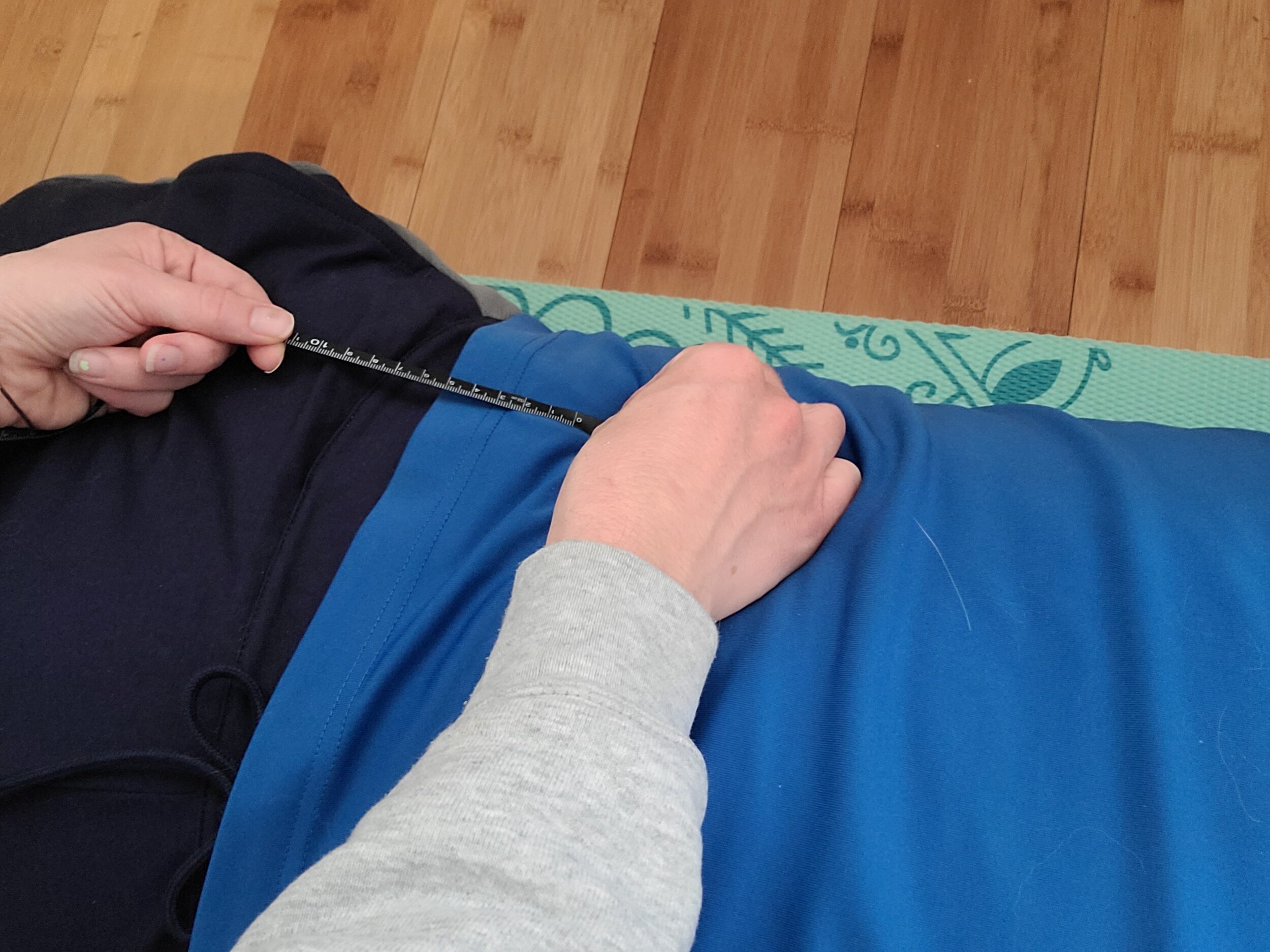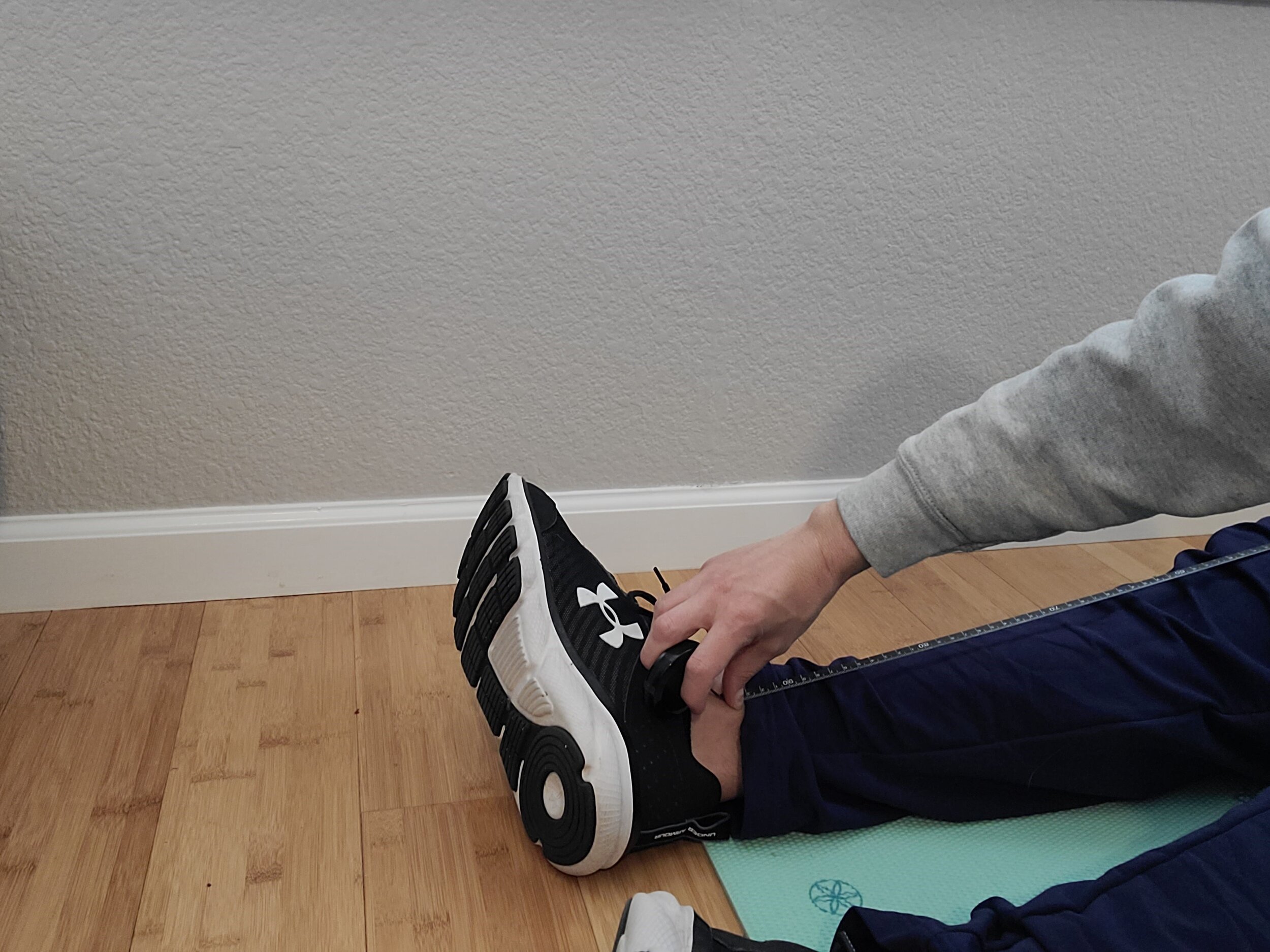How to Measure a Leg Length Discrepancy
/If you suspect you have a leg length difference, there is a way you can measure your legs at home. While slight limb length differences are quite common, structural differences of more than 1 cm can be noticeable and require treatment. Knowing if you have this significant of a discrepancy can help you determine if you need to seek additional treatment or medical advice.
Noticeable symptoms of leg-length discrepancy (LLD) are particularly seen in a person’s gait. It may look like you have a limp, or that you waddle, or you might walk on tip toes on the shorter leg. Later in life you could develop related conditions like low-back pain, scoliosis, or osteoarthritis.
Children are often tested for these discrepancies, because they commonly appear during growth stages. There are several ways to test:
Blocks – Doctors will place a series of ¼ inch blocks under the shorter leg until the hips are level.
X-ray – Doctors use these images to compare bone lengths. These are considered more diagnostic than other methods because posture and musculature don’t impact the measurement.
Tape Measure – This method is the easiest to replicate at home: Measure the length from your anterior superior iliac spine (ASIS) to your medial malleolus (inside part of your ankle) for each side. Lay flat and have someone else measure these lengths so you can compare. Here’s how to do it…
Steps to Measure LLD at Home:
1. Lay flat on your back.
2. Start the measuring tape on the ASIS, which protrudes up from the hip. As it does not come to a point, but runs an inch or so, be careful to measure from the same spot on each side. For example, you can measure from the bottom on each side.
3. Run the tape down to the medial malleolus, which is the knob on the inside of your ankle. Again, measure to the same point on each side, for example, the lower bony prominences.
This method is not as accurate as radiographic imaging, like x-rays, because of angular, girth, and joint differences. Plus, identifying the place to measure on each side can lead to variation. Still, this method can serve as an initial step to determining if you have a structural discrepancy.
If your measurements in each leg are similar, you may have a functional discrepancy (which can develop from uneven muscular use)—or it’s possible that this measurement method was not sufficient to detect your structural difference.
As a child, my tape measure test detected a significant discrepancy but x-ray imaging revealed an even larger one. Some of the difference was hidden in my pelvis, which tries to adjust for the differences. So, if you are showing signs of LLD, try the tape measure test at home but know that more tools are available if you want additional testing or treatment.
Other posts in the Living with Leg Length Discrepancy Series:
Leg Length Discrepancy Intro
How Scoliosis and Leg Length Discrepancy Affect My Physical Body
And sign up to get my Best Yoga Pose for Leg Length Discrepancies guide



